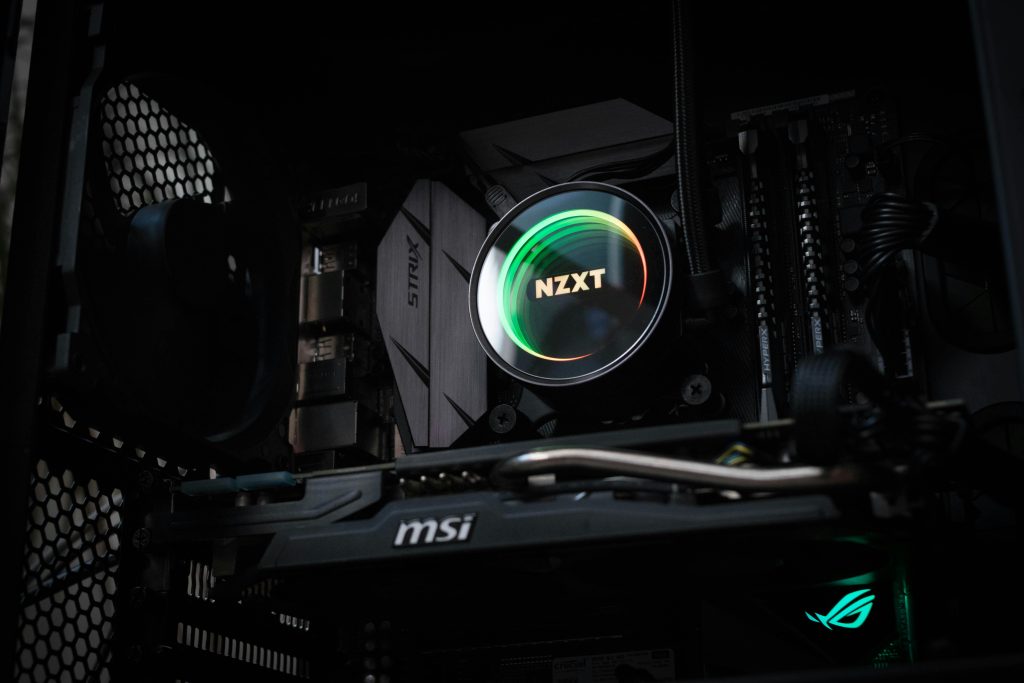Understanding the Risks of Downloading Malicious Files from Untrusted Sources: A Case Study
In the digital age, cybersecurity awareness is more important than ever. Many users encounter malicious links or files online, often disguised as enticing offers or free software. One common concern is whether simply downloading a malicious file, such as a Remote Access Trojan (RAT), can lead to security breaches—even if the file is not executed. This article explores this question through a real-world scenario and provides guidance on best practices to stay protected.
Scenario Overview
A user’s brother recently encountered a suspicious link on a YouTube video that purportedly offered free software. Curious, he clicked the link and downloaded a folder containing the file. Notably, he did not open or run any files within the folder—he merely viewed its contents. Recognizing the potential threat, he promptly deleted the folder. An antivirus scan using Windows Defender was performed afterward, which reported no issues. Several hours later, no unusual behavior, pop-up alerts, or system slowdowns had occurred.
This situation raises an important question: Is the system still at risk because of the initial download, even without executing the malicious file?
Understanding the Risks: Downloading vs. Running Files
To assess the security implications, it’s essential to understand how malware infections typically occur:
-
Execution is Key: Most malware, including RATs, requires the user to open or run an infected file for the malicious code to activate and potentially compromise the system.
-
Passive Downloading: Simply downloading a malicious file generally does not activate the malware. Files are inactive until explicitly opened or executed.
-
Risks from Downloading: However, some advanced malware and exploits can leverage vulnerabilities in operating systems or software to execute code just by downloading or previewing files. Such exploits are relatively rare and usually targeted.
In this case, since the user did not open, run, or interact with the malicious file, the risk of infection via execution is minimal.
Can Downloading a Malicious File Alone Be Dangerous?
While most cases suggest that merely downloading a file without opening it does not infect a system, there are some caveats:
-
Zero-Day Exploits: Certain sophisticated exploits can take advantage of vulnerabilities during the download process, especially if the antivirus software or system is outdated.
-
Malicious Links and Drive-By Downloads: Sometimes, clicking on the download link itself can trigger malicious scripts or exploit kits, independent of
Share this content:



